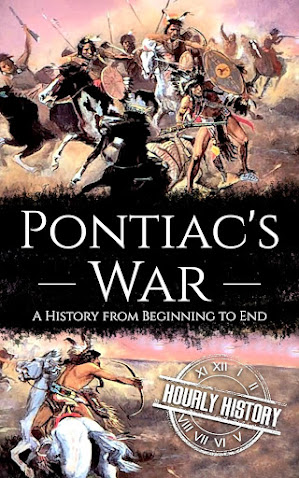DEADWOOD: A HISTORY from the BEGINNNG to PRESENT (Old West) (kindle) by Hourly History

Published in 2025 by Hourly History . There are a few towns whose names are synonymous with the Old West, such as Dodge City, Kansas and Tombstone, Arizona. Deadwood, South Dakota is one of those names. It keeps on coming up in novels and movies. It brings to mind smoke-filled bars with poker games, gold rushes, Calamity Jane and Wild Bill Hickok. This was Deadwood's wild and turbulent beginning and this short e-book covers that well. But, it also covers the part that no one ever mentions - what does a small, out of the way city do when the gold rush is over and the saloons and casinos have moved on? To be honest, I hadn't really thought much about post-gold rush Old West cities. But, I have seen the same problem back in the Midwest where I live. Instead of gold mines that petered we had a manufacturing boom that has been in steady decline for 60 years. Factories close, the supporting businesses follow, and a dying town is left in their wake. What happened to Deadwood is not a...
















